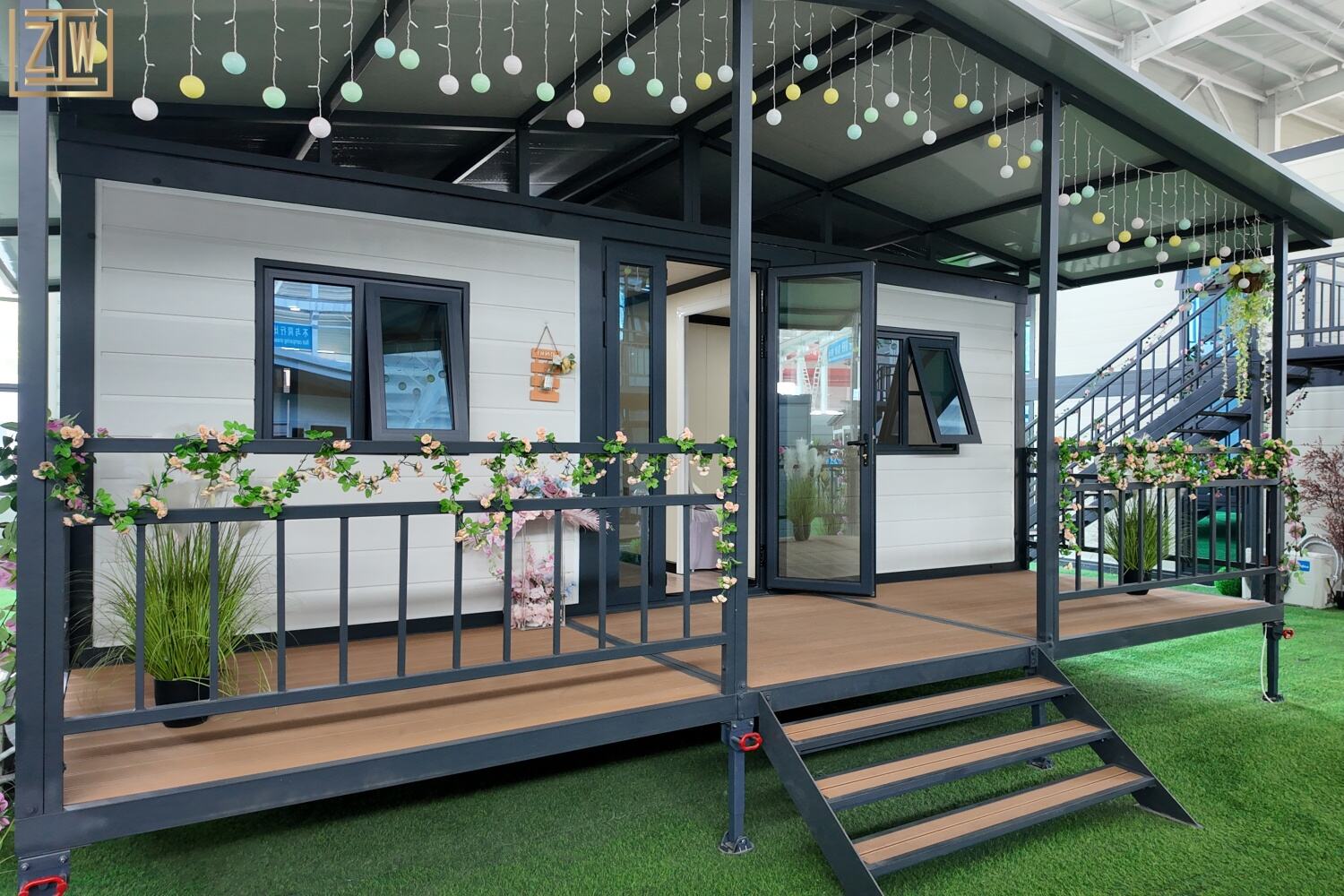Cities keep getting bigger, and with that growth comes an even bigger problem: where are all these people going to live? Enter the container house, a creative answer that keeps gaining popularity. Built from old shipping containers, these homes are cheap, green, and surprisingly versatile. In this post, well dive into what makes container houses so appealing, how they could ease the housing crunch in cities, and why they might change the way we think about city life.
Durability, Versatility, and Eco-Friendliness: The Core Advantages of Container Structures
Because each unit is a sturdy steel box, container homes are tougher than drywall-and-plywood houses. They also stack and slide together like giant LEGO pieces. That lets builders arrange them as a single studio, a multi-room family pad, or even a mini-apartment block in the blink of an eye. Inside, shelves, windows, paint, and appliances can be added or shifted to match any taste. Pair the recycled shell with solar panels, rainwater tanks, and energy-efficient lights, and the home becomes an easy fit for the green-living crowd.
Cost-Effectiveness and Speedy Construction: Making Homeownership Accessible
Cost is a big upside for people looking at container houses. Prices for regular homes in cities keep climbing, pushing ownership further out of reach for many buyers. Shipping-container dwellings, built with repurposed steel boxes, can be finished for a much smaller budget and let more singles and families turn the home dream into reality. Speedy construction adds to the appeal; these homes often go from foundation to move-in-ready in just a few weeks, while bricks-and-mortar hubs may take many months or even years.
Maximizing Urban Space and Fostering Community Spirit
Because containers are narrow and stackable, planners can drop them into tight urban blocks where most builds simply wont fit. Builders often stack a few units on top of one another, creating three- or four-story flats that leave ground lots open for gardens or play. This fresh land-use style not only squeezes extra living space out of city dirt but also builds neighborhood spirit; rows of linked boxes encourage quick hellos, shared projects, and a warm little community feel that cookie-cutter suburbs sometimes lack.
Real-World Applications: Transforming Urban Land and Housing Access
Around the world, city leaders and nonprofit groups are now using shipping containers to build low-cost neighborhoods for families who struggle to pay rent. Empty lots that once sat idle are being turned into bright, well-planned container home villages that cut down waiting lists and breathe new life into forgotten parts of town. As these projects prove themselves, housing guidelines will probably start giving container homes the same welcome traditional apartments have enjoyed.
The Rising Trajectory: Container Houses Shaping the Future of Urban Living
All signs point to a growing comfort with offbeat housing ideas, and container houses are front and center in that movement. Better building tech, louder success stories, and rising climate concerns are combining to push the sector forward, hinting that the next big leaps in city life could rely on steel boxes that people once thought were just for shipping.
Table of Contents
- Durability, Versatility, and Eco-Friendliness: The Core Advantages of Container Structures
- Cost-Effectiveness and Speedy Construction: Making Homeownership Accessible
- Maximizing Urban Space and Fostering Community Spirit
- Real-World Applications: Transforming Urban Land and Housing Access
- The Rising Trajectory: Container Houses Shaping the Future of Urban Living


